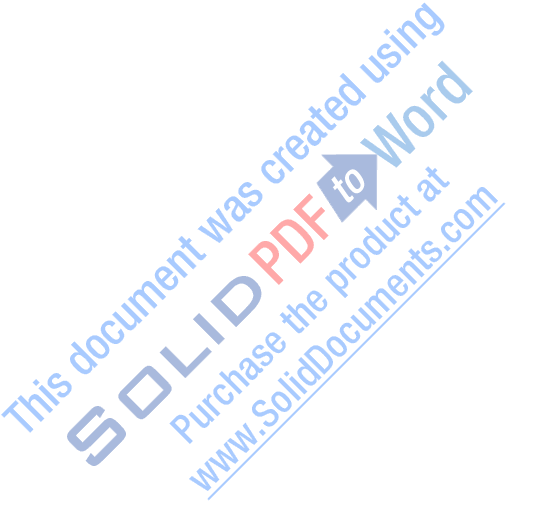
- •Вопрос 1 Structure of a Speech Coding System
- •Вопрос 3 Desirable Properties of a Speech Coder
- •Вопрос 4 About Coding Delay
- •Вопрос 5 classification of speech coders
- •Вопрос 6 Origin of Speech Signals
- •Вопрос 7 Structure of the Human Auditory System
- •Вопрос 8 Absolute Threshold
- •Вопрос 9 speech coding standards
- •Вопрос 10 pitch period estimation
- •Вопрос 11 linear prediction
- •Вопрос 12 Error Minimization
- •Вопрос 13/14 Prediction Schemes
- •0 10 20
- •Вопрос 15 long-term linear prediction
- •0 0.5 1
- •0 0.5 1
- •Вопрос 16/17 Linear Predictive Coding (lpc)
- •16. Speech encoding. Lpc encoder
- •Overview
- •Lpc coefficient representations
- •Applications
- •20 / 21 . Speech encoding. Celp coder
- •22/23. Speech encoding. Ld-celp coder
- •14.1 Strategies to achieve low delay
- •24/25 Speech encoding. Acelp (g.729) coder
- •35. Jpeg2000 in video compression(mjpeg)
- •36. Coding for high quality moving pictures(mpeg-2)
OVERVIEW
OF
SPEECH
CODING 
Вопрос 1 Structure of a Speech Coding System
Figure 1.1 shows the block diagram of a speech coding system. The continuous- time analog speech signal from a given source is digitized by a standard connection
 Speech
source
Speech
source
Figure 1.1 Block diagram of a speech coding system. of filter (eliminates aliasing), sampler (discrete-time conversion), and analog-to- digital converter (uniform quantization is assumed). The output is a discrete-time speech signal whose sample valuesare also discretized. This signal is referred to as the digital speech.
Traditionally, most speech coding systems were designed to support telecommu- nication applications, with the frequency contents limited between 300 and 3400 Hz. According to the Nyquist theorem, the sampling frequency must be at least twice the bandwidth of the continuous-time signal in order to avoid aliasing. A value of 8 kHz is commonly selected as the standard sampling frequency for speech signals. To convert the analog samples to a digital format using uniform quantization and maintaining toll quality [Jayant and Noll, 1984]—the digital speech will be roughly indistinguishable from the bandlimited input—more than 8 bits/sample is necessary.The use of 16 bits/sample provides a quality that is con- sidered high. Throughout this book, the following parameters are assumed for the digital speech signal:
Sampling frequency ¼ 8 kHz; Number of bits per sample ¼ 16:
This gives rise to
Bit-rate ¼ 8 kHz · 16 bits ¼ 128 kbps:
The above bit-rate, also known as input bit-rate, is what the source encoder attempts to reduce (Figure 1.1). The output of the source encoder represents the encoded digital speech and in general has substantially lower bit-rate than the input. The linear prediction coding algorithm (Chapter 9), for instance, has an output rate of
kbps, a reduction of more than 53 times with respect to the input.
The encoded digital speech data is further processed by the channel encoder, providing error protection to the bit-stream before transmission to the communica- tion channel, where various noise and interference can sabotage the reliability of the transmitted data. Even though in Figure 1.1 the source encoder and channel encoder are separated, it is also possible to jointly implement them so that source and chan- nel encoding are done in a single step.
The channel decoder processes the error-protected data to recover the encoded data, which is then passed to the source decoder to generate the output digital speech signal, having the original rate. This output digital speech signal is converted to continuous-time analog form through standard procedures: digital- to-analog conversion followed by antialiasing filtering.
In this book, the emphasis is on design of the source encoder and source decoder. For simplicity, they are referred to as the encoder and decoder, respectively (Figure 1.2). The input speech (a discrete-time signal having a bit-rate of 128 kbps) enters the encoder to produce the encoded bit-stream, or compressed speech data. Bit-rate of the bit-stream is normally much lower than that of the input
Encoder
Encoded
Decoder


 speech speech
speech speech
(128 kbps) (128 kbps)
bit-stream (<128 kbps)
Figure 1.2 Block diagram of a speech coder.
speech. The decoder takes the encoded bit-stream as its input to produce the output speech signal, which is a discrete-time signal having the same rate as the input speech. As we will see later in this book, many diverse approaches can be used to design the encoder/decoder pair. Different methods provide differing speech quality and bit-rate, as well as implementational complexity.
The encoder/decoder structure represented in Figure 1.2 is known as a speech coder, where the input speech is encoded to produce a low-rate bit-stream. This bit-stream is input to the decoder, which constructs an approximation of the original signal.
